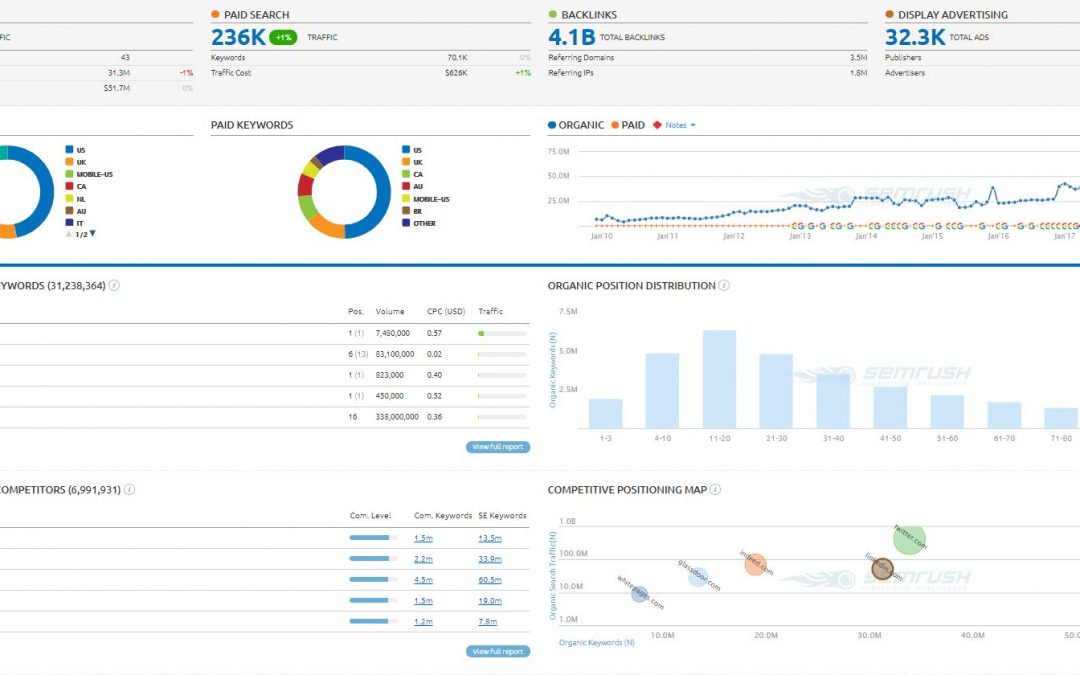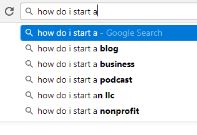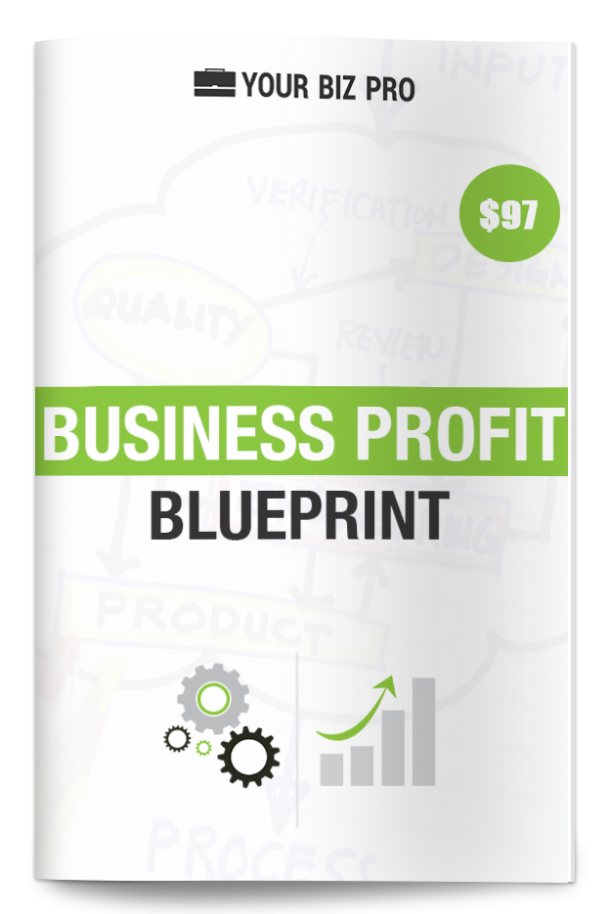Everyone will tell you how important SEO (search engine optimization for your website) and SEM (search engine marketing) are. Completely agree, and they should be attacked in that order – optimization first, marketing second. What most agencies don’t necessarily tell you is how to do these things effectively.
SEO
Let’s begin with SEO (search engine optimization). Visit the websites of most businesses, and you can clearly see there was some effort put into SEO. The problem is, it is usually optimized based on what is important to the company and not the customer. Of course, you need to include your brand name and product names in your metadata; headers; image captions, descriptions and alt descriptions; and the actual content (in moderation…). Unfortunately, unless your target customers are already searching for your brand, products or services, this will not bring any traffic to your website. Your website needs to be optimized for the keywords and search terms your target customers are already using to find a business, product or service like yours. [Note that you will also need a significant amount of content that people like and link to before organic traffic gets strong nationally – however, search engines have mechanisms to provide you favorable treatment in your local area. A Blog or Helpful Articles tab on your website will be needed to help drive SEO, and each product/service page should also have relevant content. Be certain to cross-link the keywords on your product/service pages and the relevant blog articles.]
Imagine how much more likely you are to come up in search results if your website actually contains the words your customers are using to find a product or service like yours in all the right places (metadata, headers, etc.). What if you knew what those words were? How about if you also knew where and how other companies were attracting traffic to their websites? If you could learn their SEM (search engine marketing) “recipe” and improve on it, you could save yourself months of testing and trials, and significant amounts of money. Why not simply drop into the massive flow of traffic that is already looking for something like what your business offers, instead of trying to flag down a few customers by shouting at them from the side of the digital highway in a dialect they are not familiar with?
Fortunately, you can. You can learn what words massive numbers of people are already using to try to find you. You can then use that knowledge to raise your website’s search ranking. You can see where the leaders in your industry get their website traffic and make a marketing strategy for cost-effectively taking your unfair share. This will take time and effort, but so will doing it the slower and more expensive way.
You should know who your ideal customer is, and the problem you are solving for them. Using that knowledge, start by brainstorming the ways they might describe the problem and list them in the rows of a spreadsheet. Then list ways they might describe what they need to solve that problem. Lastly, list the questions they might ask themselves (or someone else – like Google, for example) if they didn’t know what they needed to solve the problem. These are the most common ways people approach using search to solve their problem, and it is important to approach your online marketing efforts from their viewpoint.
You can quickly get a good indication of whether a significant number of people are searching for these words by typing them into a search engine. The list of suggestions the search engine makes for how to complete what you are typing are all very popular searches. In Google, it looks like this:
This exercise will generate additional words and phrases to add to your spreadsheet. Any word or phrase on or added to your list that comes up during this exercise should be marked in a column of your spreadsheet so you can sort/rank them by this factor later. Traditionally an agency would put all of the potential keywords into a search engine’s keyword planning tool to get more ideas, the volume and cost of each, and make a proposal for how much to spend on which words. Using the keyword planning tool for ideas, search volumes and costs is definitely recommended (note the volumes and costs for the high-volume words in your spreadsheet). But there is more to developing a cost-effective and efficient online marketing campaign. You need to know what people in your industry are searching for, the types of content they are interacting with, and where they are already going for this content (influencers).
The organic search results for a keyword or phrase is a good place to start. Use the highest volume keywords relevant to the problem you are solving for your target customer. You’ll see the types of headlines that are ranking, and where the articles are published. Take a screen shot of the entire first page of results to capture it all quickly. You’ll need the names and websites of the businesses who are organically ranking on the first page so you can find out where they get their traffic from later on. You’ll need the names and websites of the businesses with ads near the top (or on the right) to deconstruct their strategy as well. Do this for each relevant, high-volume key word, and include the date, keyword, and search engine in the name of the screenshot (example: 030418StartBusinessGoogle.jpg). Place the screenshots in a folder where you can find them easily. You’ll notice some businesses and websites appearing more often than others, and that is important to note. The businesses are the companies you want to copy best practices from, and the content websites are some of the influencers you need to drive traffic your way. If you have the budget, you can use a tool like BuzzSumo to quickly understand what is trending on multiple platforms, and the influencers driving the traffic. This can save you a lot of time or labor costs.
SEM
As a result of these efforts, you would have narrowed down the top keywords you want to rank for. You will also believe you know which companies you want to benchmark, and the influencers you may leverage for traffic. The next step is to uncover the truth about the companies and influencers, and use it to construct your marketing campaign and website content outline. For that you need a tool, and none of them are free. SEMrush provides 10 free clicks per day if you register, but if you are serious about your business you should invest in at least a few months of a service like SEMrush or Ahrefs to save time and monitor your initial progress. You will use them for further keyword analysis (what are all of the top websites ranking for a particular keyword, what are similar words, how does your site compare), and to learn how the high-ranking sites are getting their traffic.
For the competitive websites you want to emulate, you can literally see where their traffic is coming from. You will use this information to create your internet marketing campaign, by systematically dissecting what is working for them:
Which social media platforms, which websites, and which influencers are getting them most traffic. You will work to get articles with backlinks to your site published on those sites (this can be a marketing campaign within a marketing campaign for major influencers, or may simply be a quality backlink trade), and/or advertise on them.
Which backlinks are generating the most traffic for them? [Note: quality backlinks are the key. It is quick and easy to temporarily spike traffic by purchasing a lot of low quality links, but it will hurt your long-term ranking.] Is it a review site or blogger you can develop a relationship with? What type of public relations effort will get you on their radar? Is it a site you can advertise on? If so, be sure to cultivate an editorial relationship while negotiating the advertising.
Which ads are generating the most traffic for them? What sites are they placed on, which are driving the traffic, and what is the messaging? This will help you quickly create a viable paid ad campaign to test.
What page on their site is the traffic going to initially? What type of content is on this page, and how can you improve on it for your own site? Do they stay a while, and then go to another page on the site? If so, you probably uncovered a landing page that is generating results for them and should be studied and emulated.
Dig into the tool to guide the construction of your content and advertising campaign. Then test, measure, adjust and repeat. Please share your best practices and tips in the comments.



